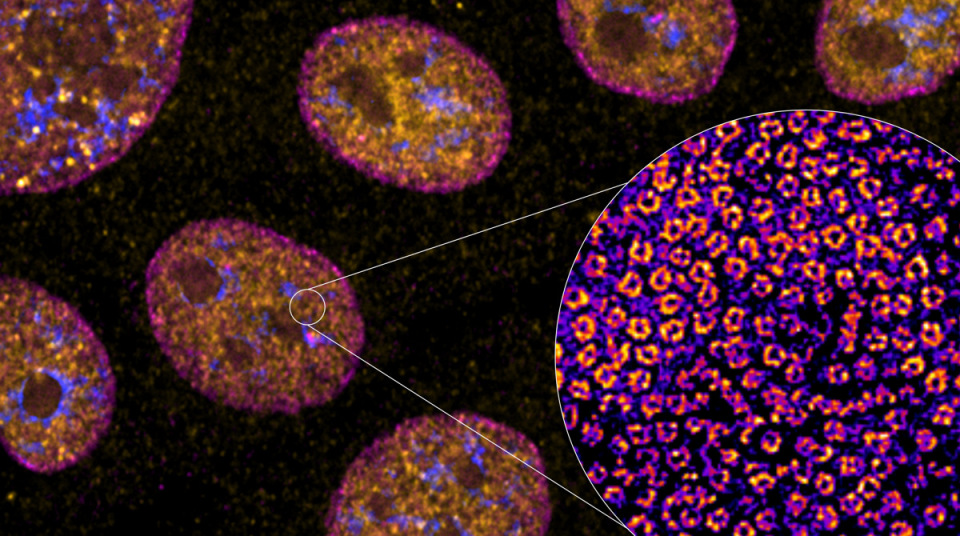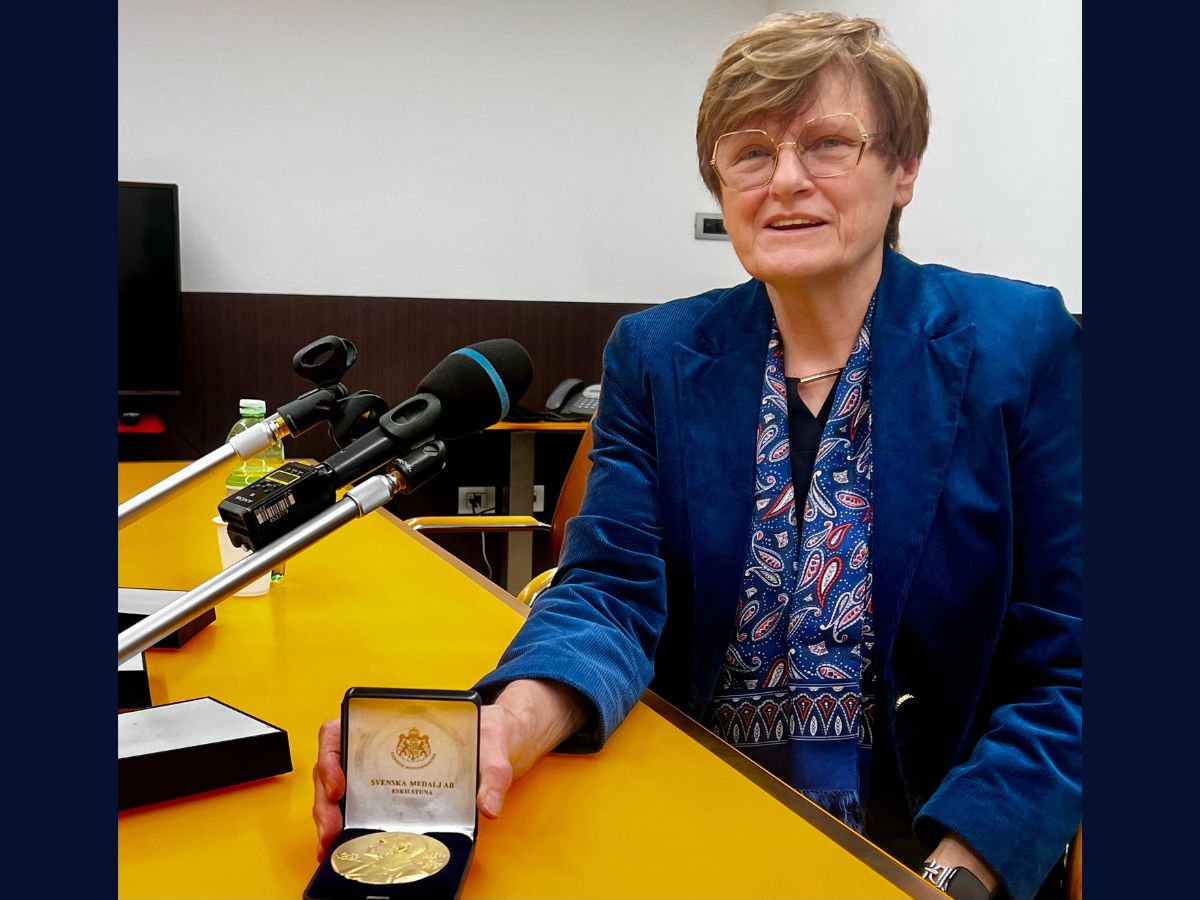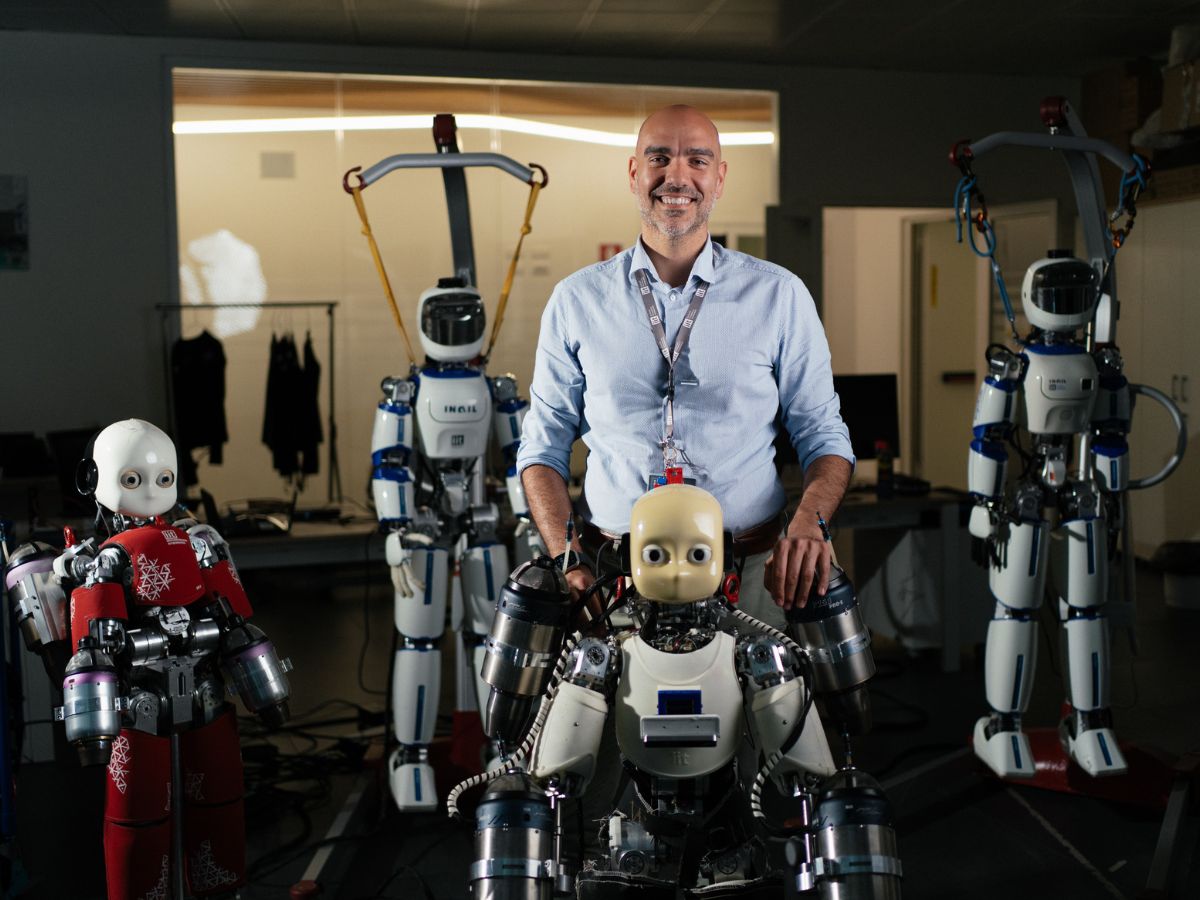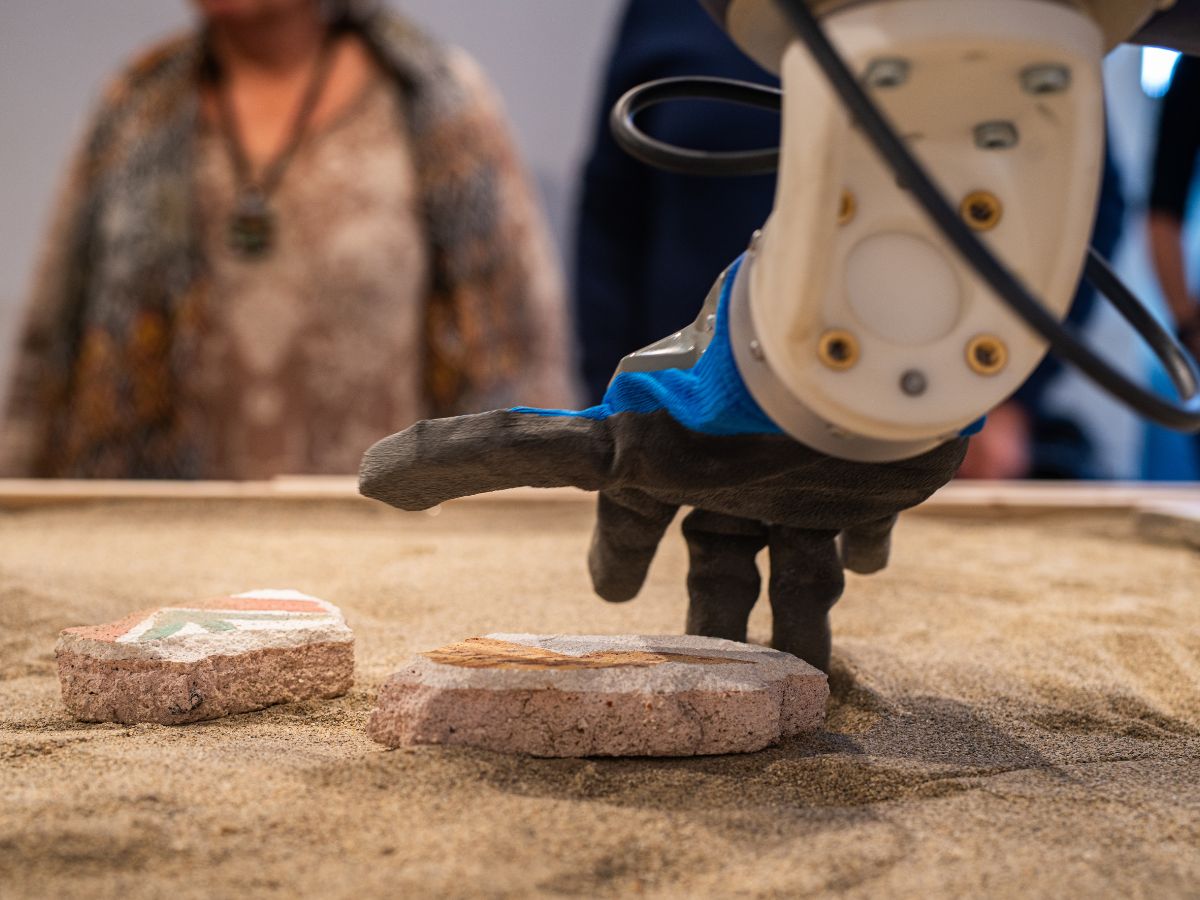Among the 30 winning projects that will be carried out in Italy, one has been awarded to Eli Slenders from the Istituto Italiano di Tecnologia in Genoa
Building a new microscope capable of tracking molecules inside cells and detecting the onset of diseases is the research plan of Eli Slenders, a Belgian researcher at IIT Genoa since 2019, who has today been announced as the winner of a grant of about 1.5 million euros over the next five years from the European Research Council (ERC). Slenders will use the funding to build his own research group, purchase laboratory equipment, and work on the scientific project.
The official ERC announcement went to 478 early-career researchers across Europe, with a total investment of 761 million euros; 30 projects will be carried out in Italy. The backing will help researchers at the beginning of their careers to launch their own projects, build research teams and pursue their most promising ideas
Eli Slenders, originally from Belgium, is currently a researcher in the Molecular Microscopy and Spectroscopy group at IIT, coordinated by Giuseppe Vicidomini. The ERC grant will allow him to establish his own research group, hiring three PhD students and two postdoctoral researchers. After earning a degree and a PhD in physics at Hasselt University in Belgium, Slenders moved to IIT in 2019, first as a postdoctoral researcher and later as a fellow of the prestigious European program Marie Skłodowska-Curie Actions.
His research focuses on the construction and development of new optical microscopes and the invention of new methods to study molecular behavior in detail through super-resolved imaging. The ERC-funded project, entitled MotionPicture, aims to develop a new optical microscopy system that combines in a single device both fluorescence and Brillouin techniques, thus enabling the measurement of both the position and the speed of molecules within complex systems such as cells.
The position and speed of molecular motion are both important pieces of information, especially for studying biomolecular condensates, i.e. aggregates of molecules composed of nucleic acids and proteins that, in some cases, can be linked to diseases such as Parkinson’s and Alzheimer’s. The new instrument will make it possible to observe these condensates in order to understand how molecules move and interact with each other. At present, in fact, no instruments are able to study their behaviour in detail.
The new information could help determine whether a condensate represents a healthy or pathological condition, providing researchers with useful insights for possible future treatments. In this perspective, Slenders will collaborate with other IIT groups involved in the IIT’s RNA Technologies Flagship.





